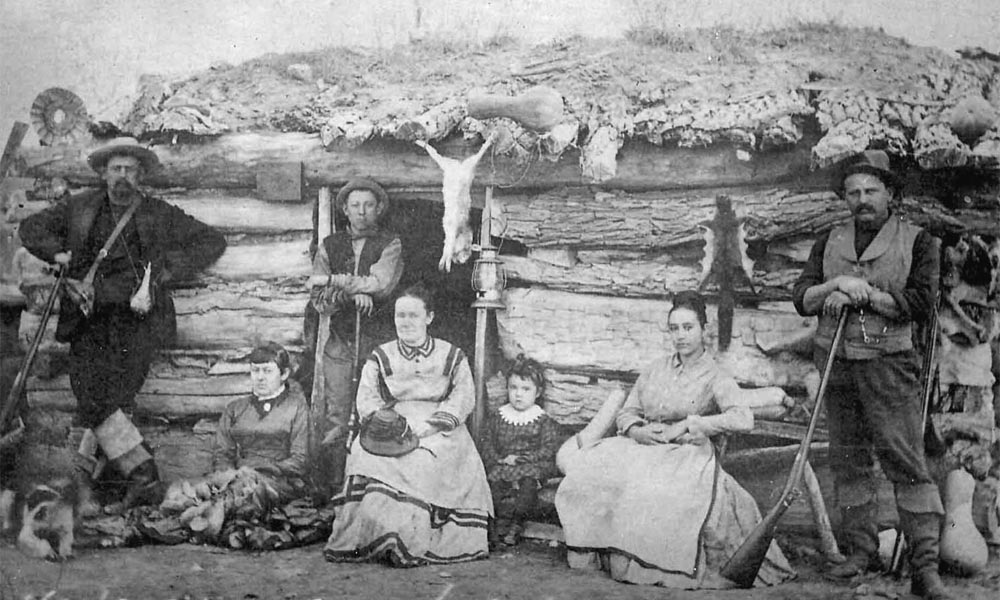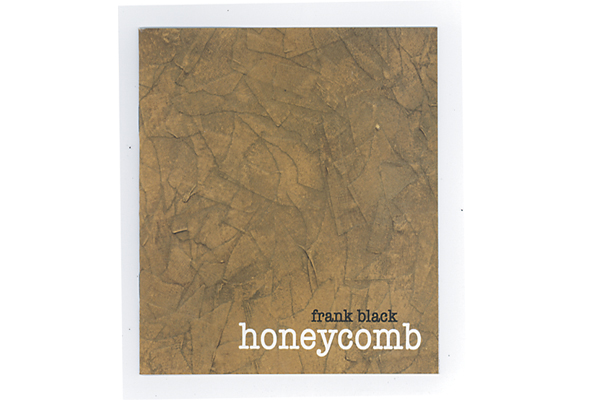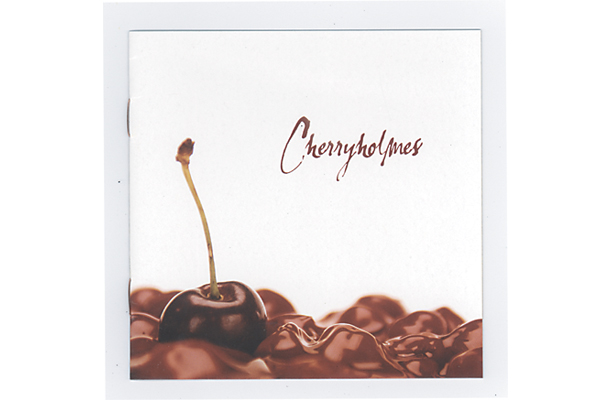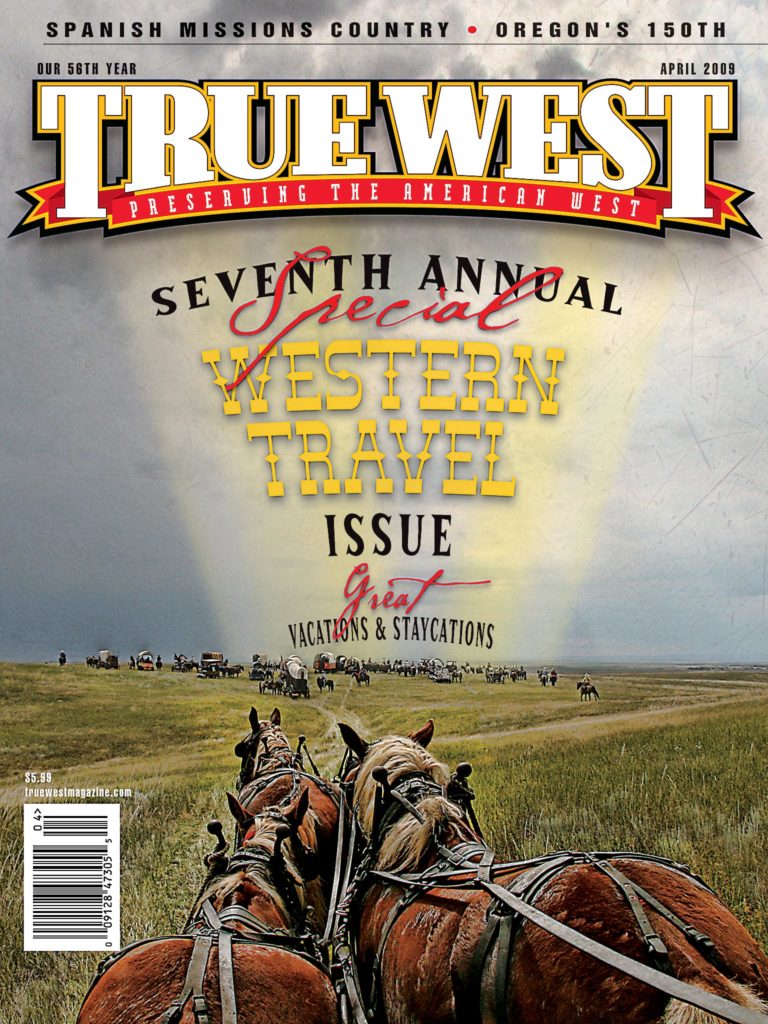
Sop, lick, sinkers and whistle berries. Those all sound tasty, don’t they?
Pioneers often ate these and other delicacies along the trails heading west. Now, they really aren’t as bad as they sound. Sop was nothing more than gravy. Lick was molasses or some kind of syrup. Sinkers were biscuits. And whistle berries, well, they were beans, and you can probably guess why they were called whistle berries.
Texas cowhand E.L. Murphy remembered whistle berries well, “Our food run strong to whistle berries, they were the red Mexican variety of beans. They were good food and fine while on the drift or on the range, but while in camp—not so good. In the dog house it became whiffy on the lee side at times.”
Beans & Coffee
Beans came in many varieties out West. While coffee was a main staple in most homesteads and at every camp, coffee beans weren’t always available. Ingenious pioneers learned to make coffee with substitute beans, using corn meal, barley or wheat to brew coffee. Jonathan Sanford Ater lived in Texas in the late 1800s. He recalled, “Coffee was made from parched corn, okra, diced sweet potatoes, wheat, or rye.”
Coffee and eggs sound good, right? How about eggs in your coffee? It’s true, brewing a pot of coffee was much different back in the day. The grounds were cooked in a pot, with no filter or strainer. The trick of adding egg shells to the pot was a way of keeping the coffee grounds at the bottom of the pot.
W.H. Thomas, an 1870s Texas cowhand, remembered camp coffee, “One thing you could depend on at any time of the day or night, especially in the winter and that was the blackest coffee that can be made. I can just see the old coffee pot now, big enough to hold a couple gallons at a time, and a couple of egg shells floating around in it to settle the grounds. We never got but few eggs to eat and we always accused cooky of carrying the same egg shells around from year to year.”
Son-of-a-Gun Stew
Son-of-a-Gun Stew, which also went by a stronger euphemism, was a real treat because it wasn’t made often. The stew included darn near everything from a slaughtered cow, including tripe, heart, liver, brains and kidneys. Murphy remembered, “it was made of everything but the hide an’ horns of the critter….”
Oysters
While oysters from the sea were a popular food staple in many Western towns, another type of oyster was eaten out West. It went by a few names—Rocky Mountain, prairie or calf fries. They became popular in cow camps, with Albert K. Erwin of Llano County, Texas, remembering: “during the spring, when we castrated the male yearlings, the chuck monotony would be broken with messes of mountain oysters.” Some cowboys considered them an aphrodisiac.
Pies
Pies were a popular dessert during this Victorian Western era. Most were made from dried fruit, unless fresh was in season. “About the only kind of pies we could have in those days were vinegar pie. He would buy the vinegar in huge barrels. One day he gave me a bottle of vinegar and I put it on some beets which I had raised in a little garden I had managed to get started. When it came off it was a beautiful red. We had so little color in those days that I thought that jar of vinegar was the prettiest thing I ever saw. One day I had a guest for dinner and I determined to use the vinegar for a pie. He insists to this day that that was the best and the prettiest pie he has ever eaten,” recalled Mrs. Arthur B. Duncan.
Vinegar Pie
Lemon pie was very popular in the late 1800s, but lemons were often hard to come by, so vinegar was used as a substitute. It actually tastes like lemon—very tart lemon. Make sure you serve with whipped cream.
1 cup brown sugar
1 cup water
1⁄2 cup vinegar
2 tablespoons butter
1⁄2 cup flour
¼ cup water
Pie shell
Combine the sugar, water and vinegar, and bring to a boil. Add the butter and stir until it melts. Remove from the heat and allow to cool for about 15 minutes.
Mix the flour and ¼ cup of the water and beat until the mixture is smooth. Take ¼ cup of the sugar mixture and add it to the flour slurry and quickly stir.
Next, slowly add the flour mixture to the sugar pot and quickly stir. Return the mixture to the heat and cook over medium high heat until it becomes thick.
Pour the filling into the pan. Bake at 450F for 10 minutes, then reduce heat to 350F and bake about 25 minutes.
Chill the pie for about four hours.






